|
|
|
RAIGAD
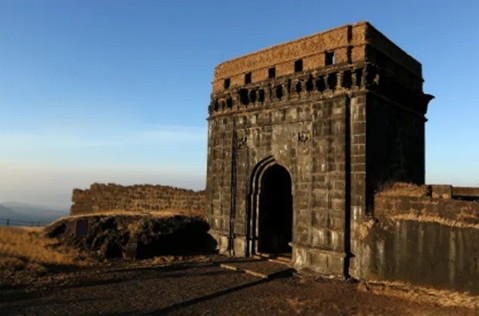
|
- Located in - North Konkan region of Maharashtra.
- It is once the capital of the Maratha Empire because of its strategic location and colossal size.
- Surrounded by deep valleys, and access is only through a steep pathway in front.
- Shivaji Maharaj was crowned and he took the title of Chhatrapati, in 1674 CE.
|
PRATAPGAD
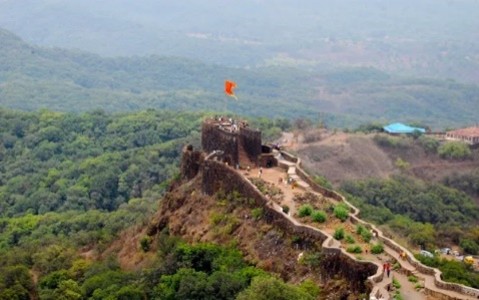
|
- Built by - Chhatrapati Shivaji Maharaj in 1656.
- It is situated in the the Western Ghats.
- The fort is famous for its defensive architecture.
|
PANHALA
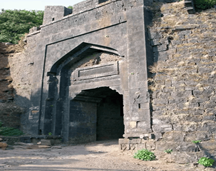
|
- It was designed to be a self-sustaining settlement.
- Originally built in - The 12th century CE by the Shilaharas, a feudatory dynasty of the Rashtrakutas.
- It is among the largest of the Maratha forts.
- Panhala fort is the site of the famous Battle of Pawankhind.
|
SHIVNERI
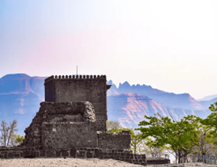
|
- Shivneri Fort, located near Junnar in Pune district.
- The fort is triangular in shape and surrounded by cliffs.
- It dates back to the 6th century CE, when it was built as a strategic military outpost.
- The 7-tier defences of the fort, intended to block enemy advances at multiple levels, are among its most striking aspects.
|
SALHER
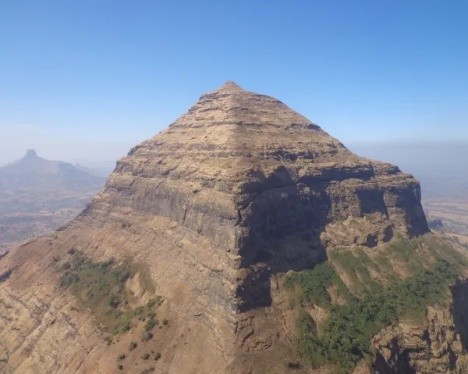
|
- Salher Fort is located in Nashik district, Maharastra.
- It is a significant landmark of the Sahayadri mountain range.
- It is the highest fort in Maharashtra and one of the highest in the Western Ghats.
- It is the site of the pivotal open-field Battle of Salher.
|
LOHAGAD
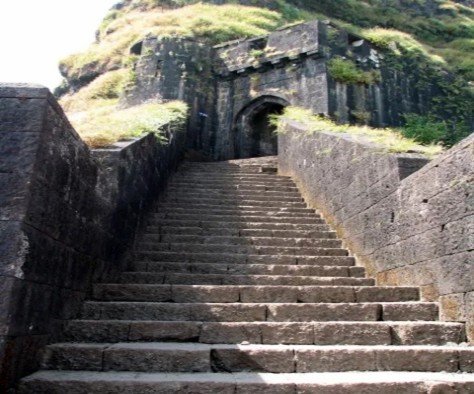
|
- Located near Lonavala.
- It is an “Iron Fort” originally built by the Lohtamia dynasty in the 10th century CE.
- It is known for its 4 huge gates
- The Ganesh Darwaja,
- Narayan Darwaja,
- Hanuman Darwaja, and
- Maha Darwaja.
- The “Vinchukada”, or “Scorpion’s Tail”, is one of Lohagad’s most striking features, a long, narrow, fortified spur that extends from the main fort.
|
SINDHUDURG
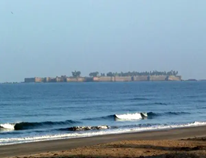
|
- The fort stands on the island of Khurte in the Arabian Sea, off the Konkan coast.
- Constructed in - 1664-67 by Hiroji Indulkar, the chief military engineer of Chhatrapati Shivaji Maharaj.
- It is to provide a secure base for maritime operations against the Portuguese, the British, and the local Siddis.
|
SUVARNADURG
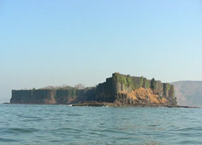
|
- The “Golden Fortress” is an island fortress built by Shivaji Maharaj off Harnai port in Ratnagiri district.
- Suvarnadurg has a sister fortress on the mainland known as Kanakadurga; the two structures used to be connected by a tunnel, which is now unusable.
- Initially built by - Adil Shahi dynasty, Suvarnadurg was captured and rebuilt by Shivaji in 1660.
|
VIJAYDURG
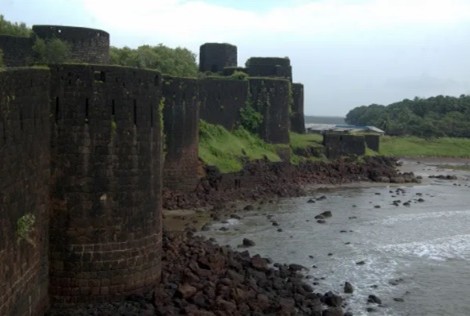
|
- One of the oldest of the Maratha forts, the “Fort of Victory” on the Arabian Sea coast in Sindhudurg district.
- It was originally built by the Shilahar dynasty in the late 12th century. It was then known as Gheria.
- The fort was captured by Chhatrapati Shivaji Maharaj in 1653.
|
KHANDERI
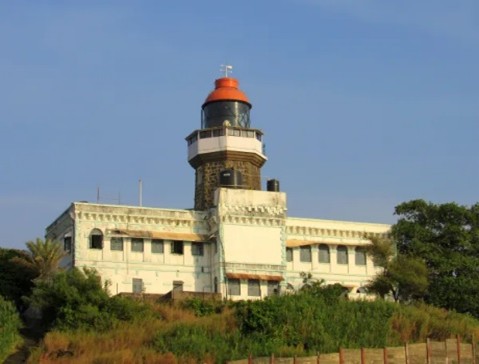
|
- Khanderi, a small island off the coast of Alibaug.
- It was fortified by Chhatrapati Shivaji Maharaj in 1679 to secure Maratha control over the coastal waters.
|
RAJGAD
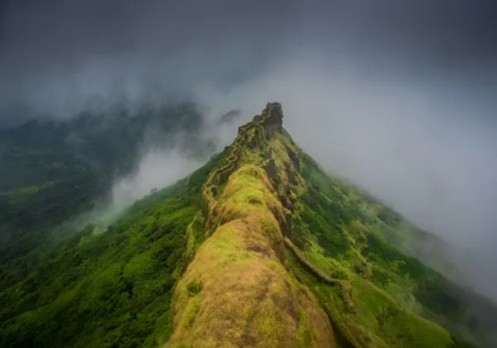
|
- The “King of Forts” was captured by the Shivaji Maharaj in 1647.
- It served as his capital for 26 years before Raigad.
- This was where Rajaram I, the son of Shivaji Maharaj, was born, and where his first wife, Saibai, passed away.
|
GINGEE/ JINJI (Tamil Nadu)

|
- Gingee Fort is located in the Villupuram district of Tamil Nadu.
- Built by - Ananta Kon of the Konar Dynasty.
- Built in - 1200 CE.
- Known as –The ‘Troy of the East.’
|